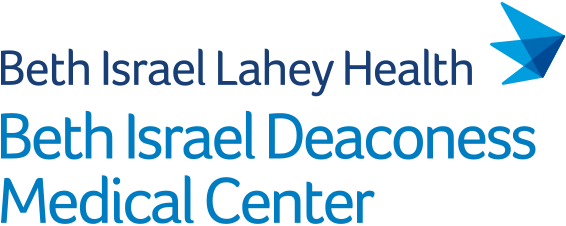Abstract
BACKGROUND: Obesity is an established risk factor for venous thromboembolism (VTE). Observational data suggest that glucagon-like peptide 1 receptor agonists (GLP-1RAs) may reduce the risk of VTE. However, the effects of GLP-1RAs on VTE have not been tested in randomized controlled trials (RCTs).
OBJECTIVES: To investigate the impact of GLP-1RAs on VTE risk using data from RCTs.
METHODS: We conducted a systematic review and meta-analysis of placebo-controlled RCTs focusing on GLP-1RA use in patients with type 2 diabetes mellitus (T2DM) or obesity. Five databases were searched from inception to October 2024. The primary outcome was VTE, which was a composite of pulmonary embolism (PE), deep vein thrombosis (DVT), and VTE at other sites, and the secondary outcomes were the individual events.
RESULTS: Twenty-seven RCTs with 84,003 patients were analyzed. The median incidence of VTE was 1.1 and 2.5 per 1,000 patient-years in the GLP-1RA and placebo groups, respectively. There was no statistically significant difference in overall VTE risk between GLP-1RA and placebo groups (RR 0.70, 95% CI 0.46-1.07). However, GLP-1RAs were associated with a significantly lower risk of PE (RR 0.60, 95% CI 0.39-0.94). In contrast, there were no significant differences in the risk of DVT (RR 1.24, 95% CI 0.67-2.27) or VTE at other sites (RR 0.56, 95% CI 0.25-1.26).
CONCLUSIONS: In this meta-analysis of randomized trials, GLP-1RAs were not associated with a significant reduction in overall VTE risk but were associated with a lower risk of PE among patients with T2DM or obesity.

